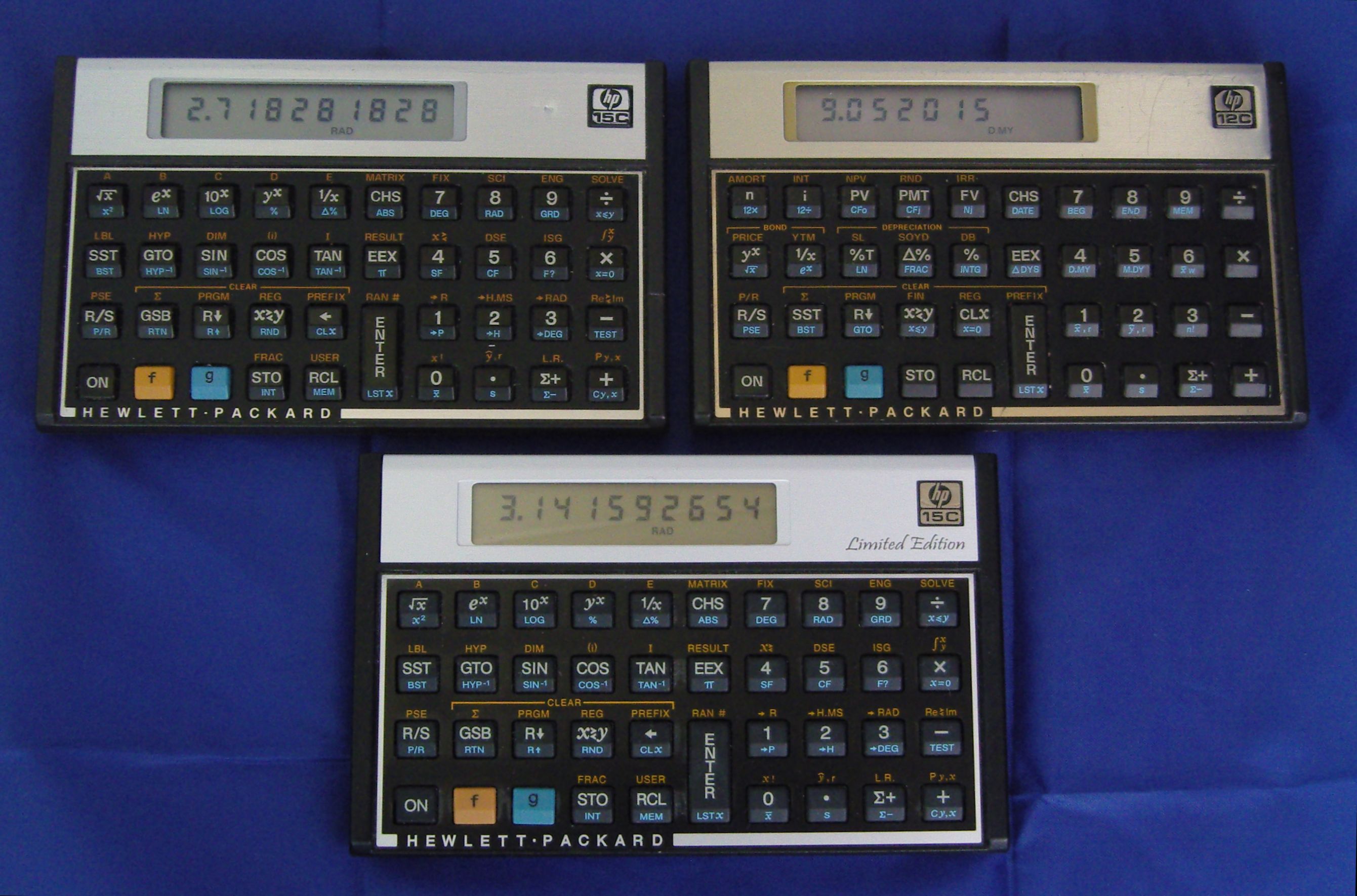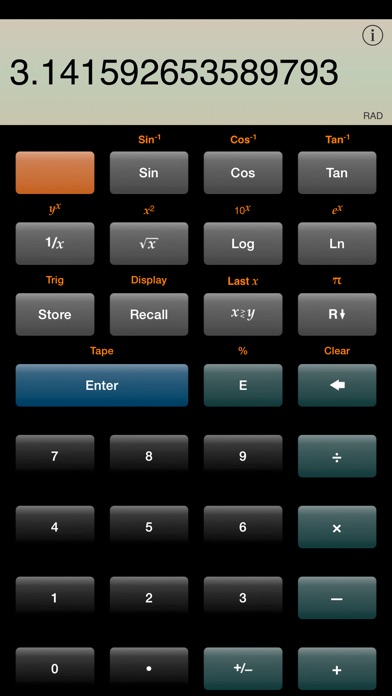

The advantage is not visible yet for this single operation. The Enter is just there to separate the two operands. The operator always comes at the end i.o in between its operands, and is called postfix i.o infix for that reason. On a HP calculator one would tap the keys: ‘3‘ ‘Enter’ ‘4’ ‘+’. If you calculate 3 + 4, a TI operator would tap just those ‘3’ then ‘+‘ then ‘4‘ and then ‘=‘ and the result would appear. In particular, HP used RPN (Reverse Polish Notation) rather than the traditional version.
NEW HP 15C RPN SCIENTIFIC SERIES
Was it marketed-in consciously or just a consequence of choice of materials resulting from a spec-list not including any smell-related requirements? In any case, the HP Voyager series smell is an olfactory sensation which still clearly clings to my temporal lobe.Īpart from all its sensory satisfactions, there were some more brainy ones. TI buttons were wobbly and moving in all directions when touched and felt too light.Īnother feature is that the HP 15C smelled really new-plastically-nice. Its similarly wide buttons were particular in that they felt rigid and had a very pleasant solid rubbery click, called haptic by some. The Voyager series, of which the HP-15C was a family member, clearly wanted to be different. HP calculators of the 70s and 80s (1970s and 1980s that is, millennials, and yes, we had calculators on our watch already!) HP also came from the vertical case aspect ratio as can be seen in this HP calculator collection poster, reproduced here. :)įor the obvious visible-from-far part, I liked its different wider-than-high case form factor compared to other calculators. At least, in each class of about 20 to 30 people there was only one or max two students with a HP-11C or HP-15C. I guess that, back in 1987, there was a 5% to 95% split between people with HPs and people with the omnipresent TIs. I am still grateful for that, because amongst other things, the 15C had more memory for programming: a total of 448 bytes! That surely should be enough for anyone! :)

I had been the almost-as-proud owner of a HP-11C already for 3 years, but my dad - who, being an electronics engineer, went over such household-logistics decisions as calculator distribution - made the wise decision that my 2 years younger brother, should inherit from me the 11C (to replace his TI) and I instead should get a brand new 15C, a bit like clothes are passed on to younger siblings, but then infinitely more interesting.
NEW HP 15C RPN SCIENTIFIC SERIAL NUMBER
Suggest-A-Calc: We are always looking for innovative, high-quality products.Proud owner of the HP-15C, serial number 2707A25331, since


This HP scientific calculator touts up to 100x faster processing power than its predecessor.


 0 kommentar(er)
0 kommentar(er)
